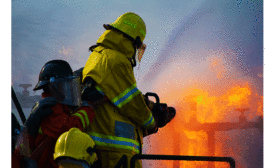Home » Keywords: » occupational disease
Items Tagged with 'occupational disease'
ARTICLES
Fatal U.S. mining accidents dropped in 2019
Respirable quartz and dust fell to all-time low
February 3, 2020
Report from abroad:
Spain wants big change in workplace silica exposure levels
October 15, 2019
Never miss the latest news and trends driving the safety industry
eNewsletter | Website | eMagazine
JOIN TODAYCopyright ©2024. All Rights Reserved BNP Media.
Design, CMS, Hosting & Web Development :: ePublishing






